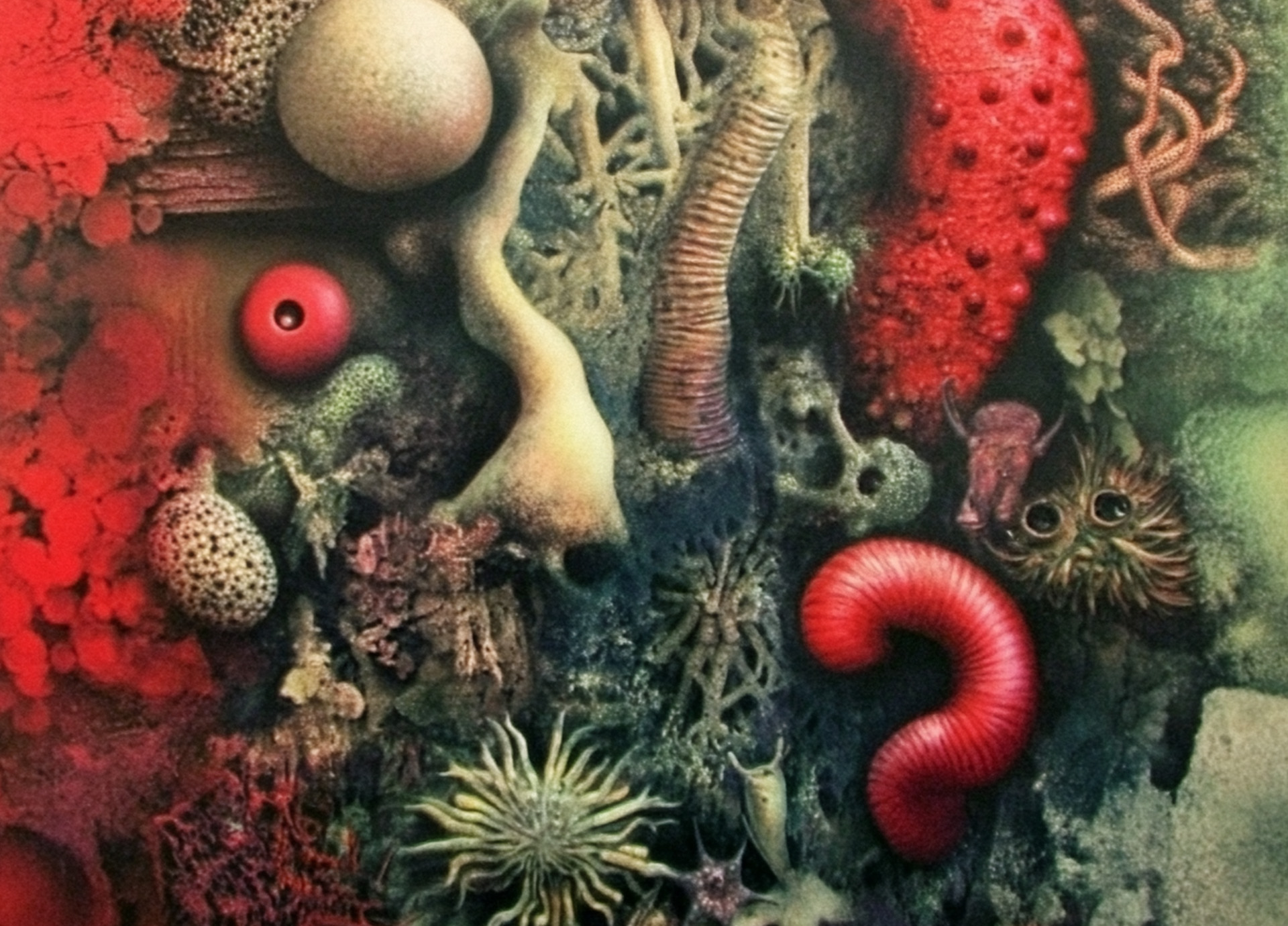
Primordial Microbes Discovered—A 2-Billion-Year Survival Story
Deep beneath the Earth’s surface, life finds a way to persist in environments that seem entirely inhospitable. Recent research published in Microbial Ecology delves into an extraordinary discovery within the Bushveld Igneous Complex in South Africa, one of Earth’s oldest and largest geological formations. Here, a group of scientists uncovered evidence of microbial life thriving in veins of 2-billion-year-old mafic rocks, offering new insights into the resilience of life in extreme conditions.
The Subsurface Microbial Ecosystem
The study, led by Yohey Suzuki and his team, is part of the Bushveld Drilling Project, an initiative under the International Continental Scientific Drilling Program (ICDP). Their primary goal is to understand the deep biosphere, a hidden ecosystem beneath the Earth’s crust, where microorganisms have managed to survive for millions—even billions—of years in environments that are extremely low in nutrients and energy sources.
These subsurface microbes, mostly bacteria and archaea, exhibit remarkably slow metabolic rates, allowing them to survive in rock-water interfaces where nutrients are scarce. In this instance, the scientists focused on a 30-centimeter drill core sample from a 15-meter depth, extracted from the Bushveld Complex. The analysis revealed microbial colonization in mineral-filled veins, specifically those rich in clay minerals, which are known to trap essential nutrients and sustain microbial life over geological timescales.
Microbial Survival in Extreme Environments
What makes this discovery particularly striking is the age of the rock itself—formed over 2 billion years ago. Despite the inhospitable conditions deep within the Earth, microorganisms have managed to sustain themselves by utilizing the limited energy available from rock-water interactions. Clay minerals within these veins play a crucial role in creating a stable environment, offering both a source of nutrients and a physical barrier to external contamination.
The Bushveld Igneous Complex has remained geologically stable for billions of years, providing a perfect habitat for subsurface life to persist. According to the research, the clay minerals found in the veins of the mafic rocks offer energy sources that microbes can metabolize, even in an environment almost entirely cut off from sunlight or organic matter.
Interestingly, the study suggests that these microbial communities may have experienced minimal evolution during their time in the deep subsurface. Such evolutionary stasis has been observed in other deep biosphere ecosystems, and it implies that once these microbes adapted to their harsh environment, they had little need to change.
Advanced Techniques for Detecting Ancient Microbes
The researchers developed cutting-edge techniques to detect both indigenous microbes and contaminants in the drill core samples. By using fluorescence microscopy, infrared imaging, and electron microscopy, they were able to visualize microbial cells and distinguish them from contamination introduced by the drilling process. This meticulous approach allowed the team to confirm that the microbes they observed were indeed native to the rock formations and not the result of contamination from the surface.
One of the key innovations in this study was the use of Optical-Photothermal Infrared (O-PTIR) Spectroscopy, which provided high-resolution imaging of microbial cells within the rock’s veins. This technique, combined with DNA staining and fluorescence microscopy, enabled the researchers to map the distribution of microbial cells and identify their association with clay minerals.
Implications for Astrobiology and the Search for Life
This discovery has profound implications, not only for our understanding of life on Earth but also for the search for extraterrestrial life. The resilience of these microbes in such extreme environments suggests that similar life forms could potentially exist on other planets, like Mars, where subsurface habitats with rock-water interactions could provide a refuge for microbial life. Previous studies have indicated the presence of clay minerals on Mars, raising the tantalizing possibility that similar subsurface ecosystems might exist there.
The Future of Deep Biosphere Research
The Bushveld Complex study opens up exciting new avenues for research into the deep biosphere and the mechanisms that allow life to thrive in extreme environments. Future work will focus on understanding the metabolic processes of these ancient microbes and exploring other deep subsurface ecosystems around the world.
This research also emphasizes the need for continued innovation in microbial detection techniques, especially as scientists push the boundaries of exploration into deeper, more remote regions of the Earth’s crust. Understanding the deep biosphere could not only reveal more about the history of life on our planet but also guide our search for life beyond Earth.
Conclusion
The discovery of microbial life thriving in 2-billion-year-old rocks deep beneath the Earth’s surface is a testament to the incredible resilience of life. The Bushveld Igneous Complex offers a unique window into the deep biosphere, showing how life can adapt and persist in extreme conditions over unimaginable timescales. This groundbreaking research could inspire future explorations into both Earth’s deepest ecosystems and the potential for life on other planets, reminding us that even in the most hostile environments, life finds a way. ![]()
Subscribe To Our Magazine!
Get every issue of Psychedelic Magazine delivered straight to your inbox every month - for free! We do not spam!
You have subscribed successfully!
Some error occured
Please fill all the required * fields.








